AFROAMERIKANISCHE HAARTRANSPLANTATION
AFROAMERIKANISCHE HAARTRANSPLANTATION
Eine Haartransplantation bei afroamerikanischem Haar erfordert einen sorgfältigeren, langsameren und sorgfältigeren Extraktionsprozess als bei nicht lockigem glattem Haar. In In diesem Artikel werden wir die Gründe dafür erläutern. Es gibt zwei traditionelle Verfahren zur Haarfollikelextraktion: FUT und FUE. FUE ist das Neueste Methode und die effizienteste Technik zur Entnahme maximaler Haartransplantationen. Die am meisten bevorzugte Methode für lockiges Haar von Afroamerikanern ist die FUE-Methode.
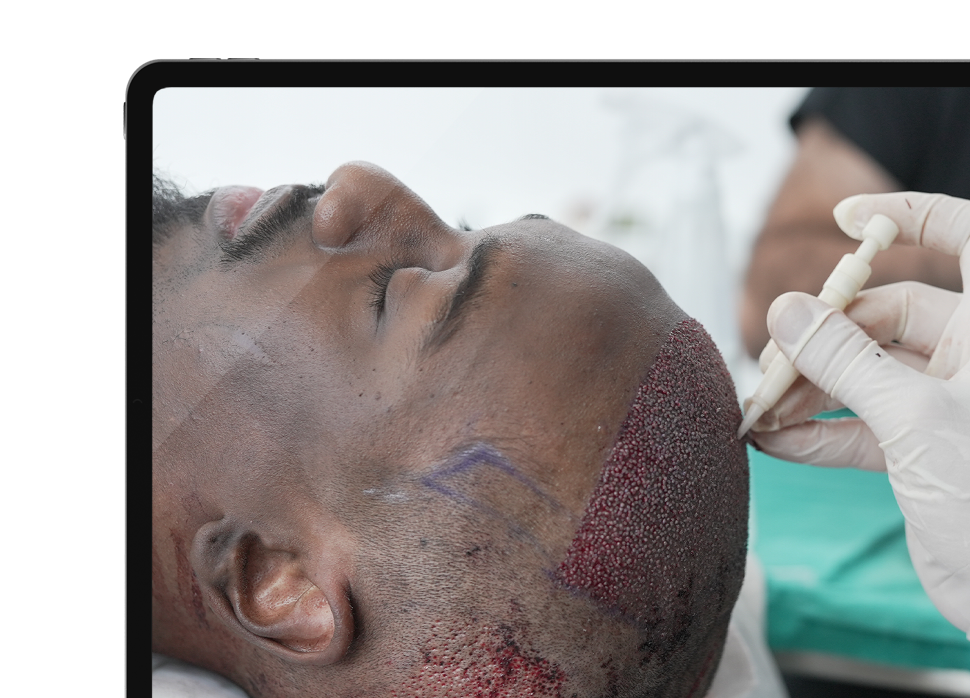
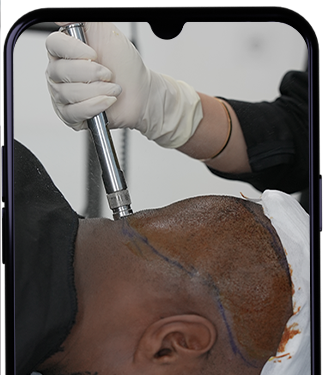
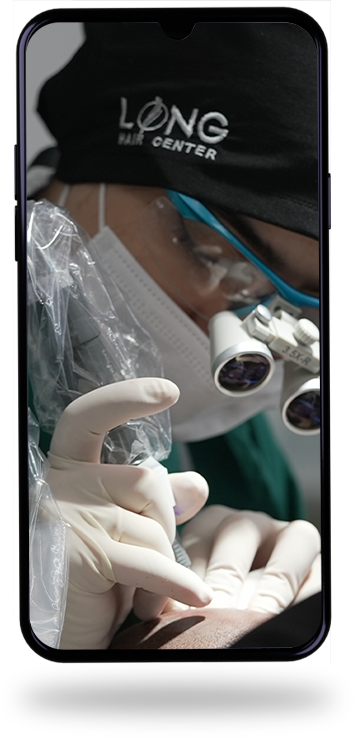
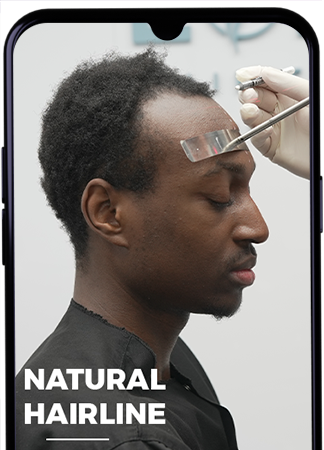
The Complexity of Extracting Afro-Textured Hair Grafts
One of the most significant differences between African American hair and other hair types is the unique structure of Afro-textured hair. Unlike straight or wavy hair, Afro hair is curly both above the skin's surface and beneath it. This characteristic makes the extraction of hair grafts more complex and requires a more meticulous approach.When performing hair transplants on individuals with straight hair, the punch device used for extraction typically has a diameter of 0.9 mm and a length of approximately 4 mm. This straight rotating punch is sufficient for extracting hair follicles in a non-curly pattern. However, this tool is not suitable for Afro-textured hair due to the hair’s natural curl beneath the skin’s surface. The curliness of Afro hair follicles under the skin means that using a standard punch could damage the follicles, leading to a lower success rate and potentially harming the overall outcome of the transplant.To accommodate the curly nature of African American hair, the punch used for extraction must be adjusted. Specialists often employ a punch with a shorter length and a modified diameter that aligns with the curl pattern of the hair follicle. This adaptation allows for the safe extraction of the grafts, ensuring that they remain intact and healthy, which is crucial for the success of the transplant. . .

The Advantage of Afro Hair in Achieving Greater Density
Afro-textured hair has a distinct advantage over straight hair types when it comes to achieving density after transplantation. Due to the natural curl and thickness of Afro hair, fewer grafts are needed to create the appearance of fullness. In a recent study, it was observed that 3,500 grafts in an African American hair transplant could produce results equivalent to 5,000 grafts in a patient with straight hair. This means that African American patients can achieve the desired density with fewer grafts, making the procedure more efficient and often more cost-effective.
However, the key to achieving this density lies in the quality and health of the extracted grafts. If the grafts are damaged during extraction, the success rate of the transplant diminishes, leading to less satisfactory results. Therefore, it is imperative that the surgeon handling the procedure has substantial experience and a deep understanding of Afro-textured hair. The careful and precise extraction of each graft ensures that the hair roots remain viable, leading to better growth and a more natural looking result post-transplant.
Hair transplantation in African American patients is a specialized field that requires a nuanced approach due to the unique structure of Afro textured hair. The complexity of the procedure, from the modified extraction techniques to the careful handling of grafts, underscores the importance of choosing a highly skilled and experienced hair transplant specialist. While the process may be more challenging and time consuming compared to non-curly hair transplants, the results can be equally, if not more, rewarding. Afro hair's natural density and curl pattern provide distinct advantages, allowing patients to achieve a fuller, more natural look with fewer grafts. However, this success hinges on the expertise of the surgeon, making it crucial for patients to seek out professionals who are well-versed in the intricacies of African American hair transplantation.
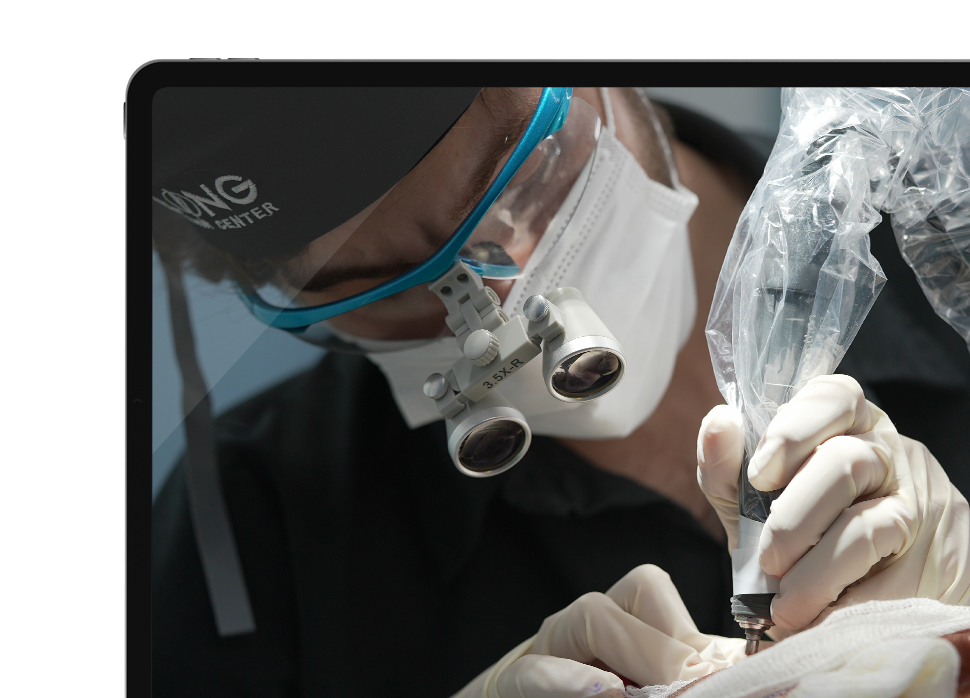
UNSERE BEHANDLUNGEN
UNSERE TECHNOLOGIEN
AFROAMERIKANISCHE HAARTRANSPLANTATION
Eine Haartransplantation bei afroamerikanischem Haar erfordert einen sorgfältigeren, langsameren und sorgfältigeren Extraktionsprozess als bei nicht lockigem glattem Haar. In In diesem Artikel werden wir die Gründe dafür erläutern. Es gibt zwei traditionelle Verfahren zur Haarfollikelextraktion: FUT und FUE. FUE ist das Neueste Methode und die effizienteste Technik zur Entnahme maximaler Haartransplantationen. Die am meisten bevorzugte Methode für lockiges Haar von Afroamerikanern ist die FUE-Methode.
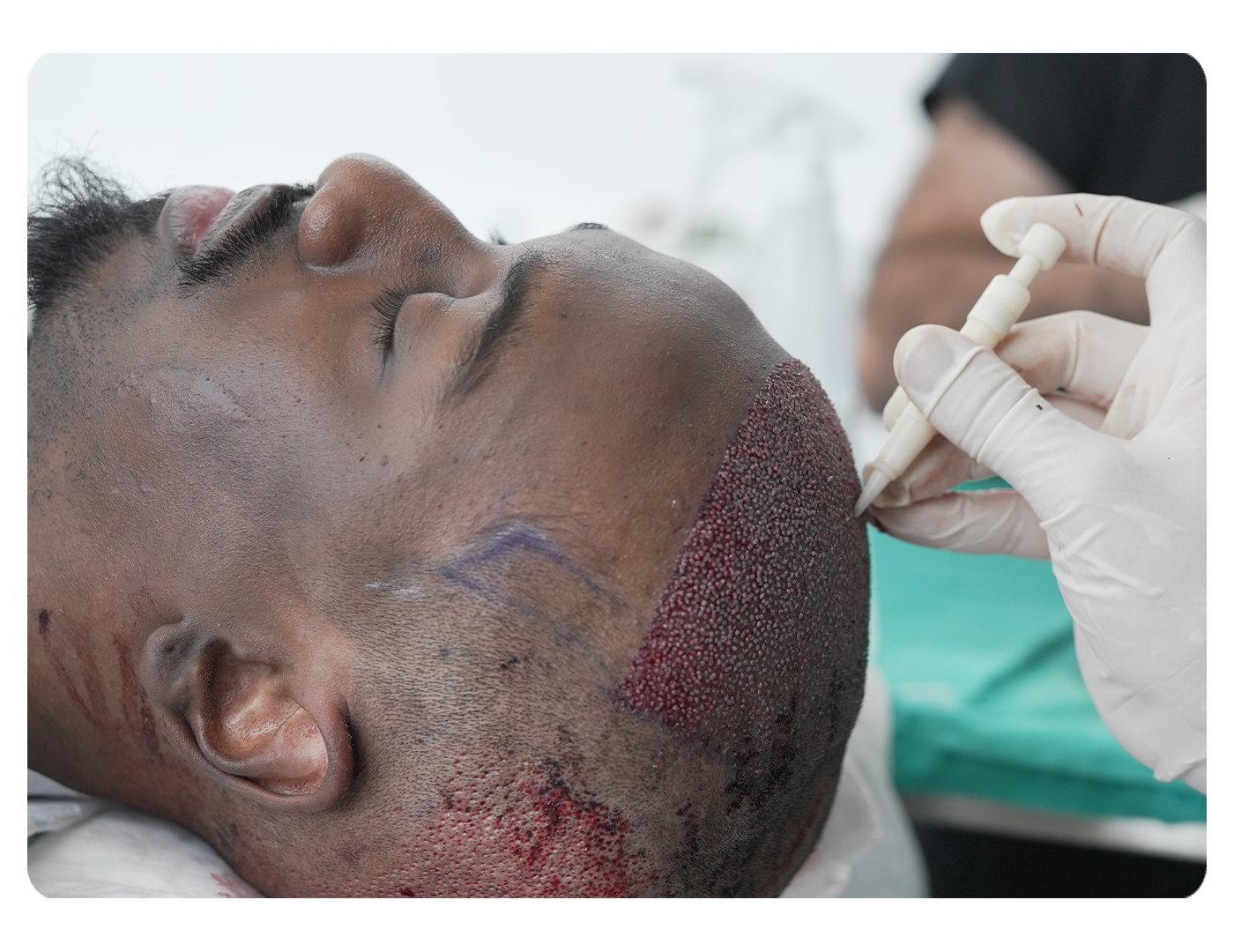
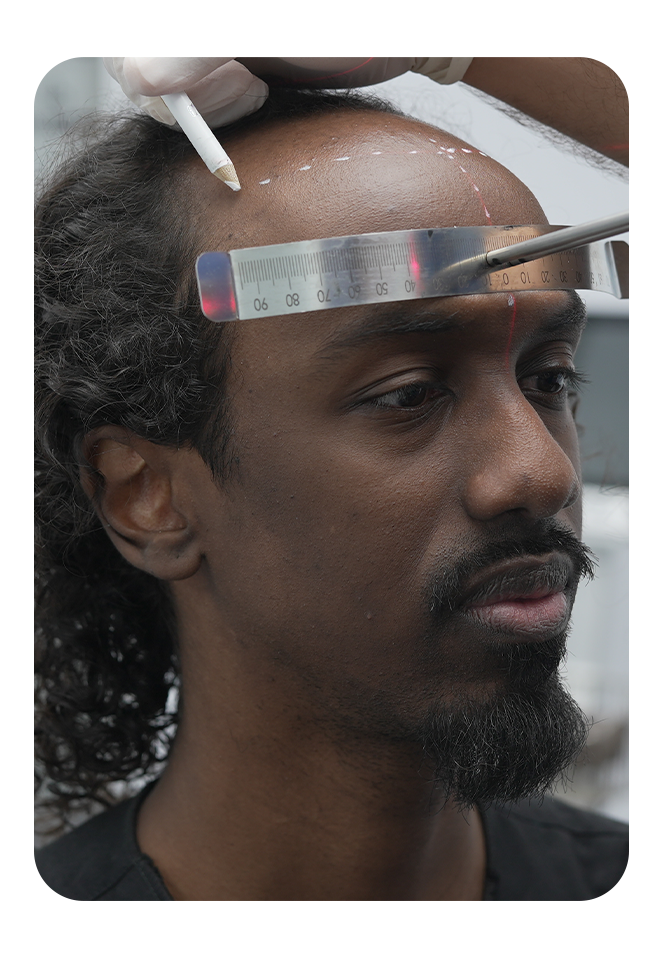
The Rise of Direct Hair Implantation (DHI)
While FUE remains a popular choice, Direct Hair Implantation (DHI) has emerged as the preferred method for African American hair transplantation. DHI is a refined version of the FUE technique, where the extracted hair follicles are directly implanted into the recipient area using a specialized tool called a Choi Implanter Pen. This pen allows for greater control over the angle, depth, and direction of each hair follicle during implantation, which is particularly beneficial for Afro-textured hair.DHI offers several advantages, including reduced handling of hair grafts, which minimizes the risk of damage, and the ability to achieve higher density with more precise placement of follicles. Given the unique curl and texture of African American hair, the precision and control offered by DHI make it the most suitable method for achieving natural and aesthetically pleasing results.
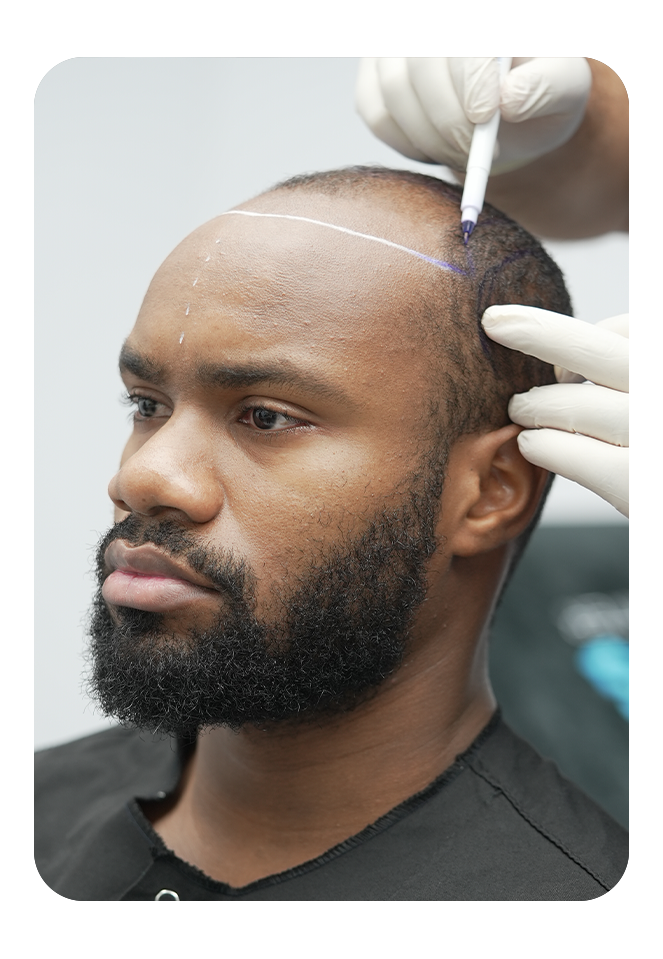
The Rise of Direct Hair Implantation (DHI)
pages.afro.p1_3
The Complexity of Extracting Afro-Textured Hair Grafts
One of the most significant differences between African American hair and other hair types is the unique structure of Afro-textured hair. Unlike straight or wavy hair, Afro hair is curly both above the skin's surface and beneath it. This characteristic makes the extraction of hair grafts more complex and requires a more meticulous approach.When performing hair transplants on individuals with straight hair, the punch device used for extraction typically has a diameter of 0.9 mm and a length of approximately 4 mm. This straight rotating punch is sufficient for extracting hair follicles in a non-curly pattern. However, this tool is not suitable for Afro-textured hair due to the hair’s natural curl beneath the skin’s surface. The curliness of Afro hair follicles under the skin means that using a standard punch could damage the follicles, leading to a lower success rate and potentially harming the overall outcome of the transplant.To accommodate the curly nature of African American hair, the punch used for extraction must be adjusted. Specialists often employ a punch with a shorter length and a modified diameter that aligns with the curl pattern of the hair follicle. This adaptation allows for the safe extraction of the grafts, ensuring that they remain intact and healthy, which is crucial for the success of the transplant. . .
When performing hair transplants on individuals with straight hair, the punch device used for extraction typically has a diameter of 0.9 mm and a length of approximately 4 mm. This straight rotating punch is sufficient for extracting hair follicles in a non-curly pattern. However, this tool is not suitable for Afro-textured hair due to the hair’s natural curl beneath the skin’s surface. The curliness of Afro hair follicles under the skin means that using a standard punch could damage the follicles, leading to a lower success rate and potentially harming the overall outcome of the transplant.

The Importance of Expertise and Experience in African American Hair Transplantation
Given the complexity of extracting Afro-textured hair, the experience and expertise of the surgeon play a pivotal role in the success of the procedure. An experienced hair transplant specialist who is well-versed in the nuances of Afro hair is essential for achieving optimal results. The process of extracting hair grafts from Afro-textured hair is significantly more delicate and time-consuming, as each graft must be carefully removed one by one to prevent breakage or damage.
The success of the transplant is highly dependent on the number of healthy grafts that can be extracted. In the case of African American hair, it is possible to extract between 3,000 to 3,500 hair roots per session using the modified punch technique. While this number may be lower than the average graft count for straight hair, the unique nature of Afro hair provides an advantage when it comes to post-transplant density.
The Advantage of Afro Hair in Achieving Greater Density
Afro-textured hair has a distinct advantage over straight hair types when it comes to achieving density after transplantation. Due to the natural curl and thickness of Afro hair, fewer grafts are needed to create the appearance of fullness. In a recent study, it was observed that 3,500 grafts in an African American hair transplant could produce results equivalent to 5,000 grafts in a patient with straight hair. This means that African American patients can achieve the desired density with fewer grafts, making the procedure more efficient and often more cost-effective.
However, the key to achieving this density lies in the quality and health of the extracted grafts. If the grafts are damaged during extraction, the success rate of the transplant diminishes, leading to less satisfactory results. Therefore, it is imperative that the surgeon handling the procedure has substantial experience and a deep understanding of Afro-textured hair. The careful and precise extraction of each graft ensures that the hair roots remain viable, leading to better growth and a more natural looking result post-transplant.
Hair transplantation in African American patients is a specialized field that requires a nuanced approach due to the unique structure of Afro textured hair. The complexity of the procedure, from the modified extraction techniques to the careful handling of grafts, underscores the importance of choosing a highly skilled and experienced hair transplant specialist. While the process may be more challenging and time consuming compared to non-curly hair transplants, the results can be equally, if not more, rewarding. Afro hair's natural density and curl pattern provide distinct advantages, allowing patients to achieve a fuller, more natural look with fewer grafts. However, this success hinges on the expertise of the surgeon, making it crucial for patients to seek out professionals who are well-versed in the intricacies of African American hair transplantation.
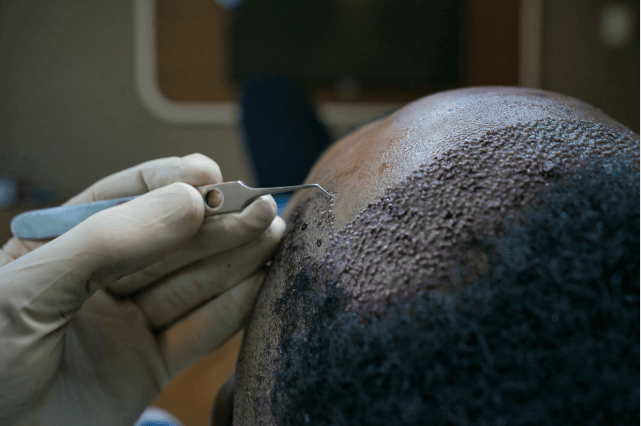

FREQUENTLY_ASKED_QUESTIONS
Die geeignete Altersspanne für eine Haartransplantation kann von Person zu Person variieren und hängt im Allgemeinen vom Ausmaß des Haarausfalls und genetischen Faktoren ab. In der Regel liegt die am besten geeignete Altersspanne für eine Haartransplantation zwischen 20 und 65 Jahren.
Die Haartransplantation ist ein chirurgisches Verfahren, das eine natürliche und dauerhafte Verpflanzung von Haaren in dünnen oder kahlen Bereiche ermöglicht. In der Regel werden Haarfollikel in Form kleiner Gewebestücke, so genannter "Grafts", aus dem Spenderbereich (in der Regel dem Hinterkopf und dem Bartbereich) entnommen und dann in die Empfängerbereiche implantiert, wo sie benötigt werden.
Die Haartransplantation ist eine chirurgische Lösung für den Haarausfall. Geeignete Patienten hängen von Faktoren wie der Ursache des Haarausfalls, dem Stadium, dem Alter, der Gesundheit, der Verfügbarkeit von Spenderhaar, den Erwartungen, der psychologischen Bereitschaft, der Bereitschaft zur Nachsorge und der Haarbeschaffenheit ab. Die Beratung durch einen erfahrenen Chirurgen ist von entscheidender Bedeutung für eine individuelle Beratung und die Erörterung von Techniken wie FUT oder FUE. Nicht jeder ist ein geeigneter Kandidat, und es können auch alternative Behandlungen vorgeschlagen werden.
Welche Methode für eine Haartransplantation am besten geeignet ist, hängt von den individuellen Merkmalen, dem Ausmaß des Haarausfalls, der Menge an verfügbarem Spenderhaar, den Erwartungen sowie der Erfahrung und den Vorlieben des Chirurgen ab. Ein Haartransplantationsspezialist kann die am besten geeignete Methode bestimmen, indem er den Zustand der Person beurteilt. Wichtig ist, dass sie von einem erfahrenen Chirurgen korrekt angewandt wird und den Bedürfnissen des Einzelnen entspricht. Sowohl mit der DHI-Methode (Direct Hair Implantation) als auch mit der FUE-Methode (Follicular Unit Extraction) können erfolgreiche Ergebnisse erzielt werden.
Während der Haartransplantation werden in der Regel nur minimale Schmerzen oder Unannehmlichkeiten empfunden. Vor dem Eingriff wird in der Regel eine schmerzfreie Anästhesie verabreicht, die dazu beiträgt, das Schmerzempfinden im behandelten Bereich zu verringern oder zu beseitigen. Daher können die meisten Menschen den Eingriff problemlos überstehen.
Die Haartransplantation gilt im Allgemeinen als dauerhafte Lösung. Die transplantierten Haare, die in der Regel aus Haarfollikeln aus dem Spendergebiet bestehen, fallen nicht aus. Die Haarfollikel im Spenderbereich sind genetisch auf Dauerhaftigkeit programmiert, so dass sie nicht dazu neigen, auszufallen. Daher kommt es an den Stellen, an denen die Haartransplantation durchgeführt wird, zu keinem Haarausfall.


 Deutsch
Deutsch
 English
English
 français
français
 italiano
italiano
 Türkçe
Türkçe
 русский
русский
 한국어
한국어



